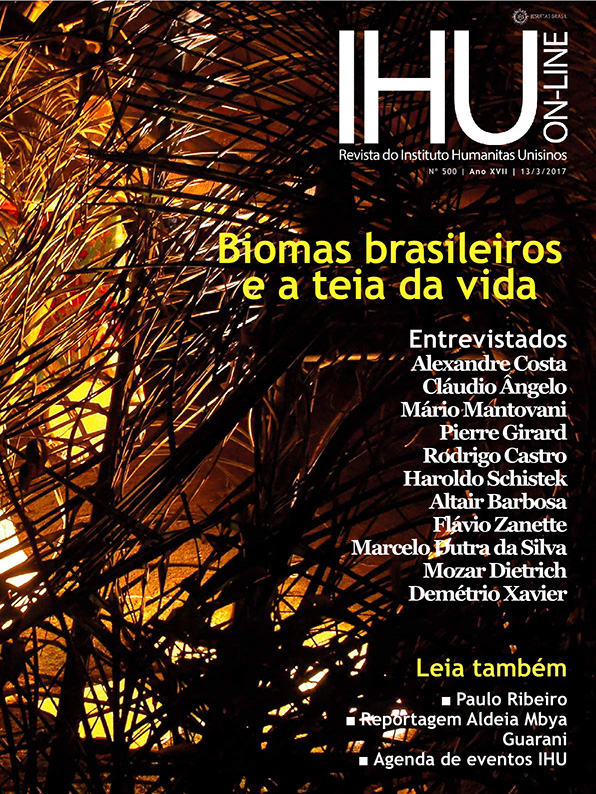Understanding the links between agriculture and health: Agriculture, food, and health: perspectives on a long relationship
Agriculture produces food fundamental for human health. It therefore seems obvious that agriculture, food, and health are related! Agriculture affects whether people have enough food to eat, whether it is of sufficient nutritional value, and whether it is safe, all of which affect human health. But it is not so simple: history has taught that there are different ways of looking at the relationships between agriculture, food, and health. Agricultural connections to food and health are mediated by the natural environment, human culture, and technological change.












